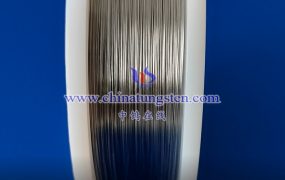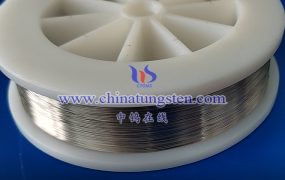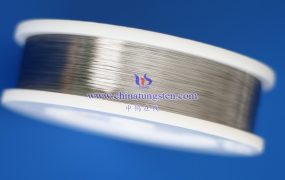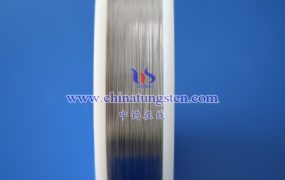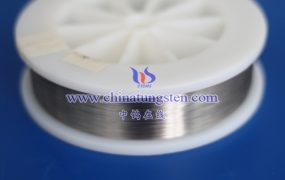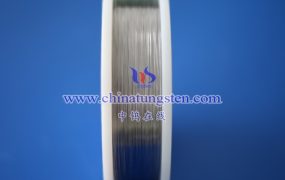The welding performance of tungsten wire is quite excellent, which is mainly due to its unique physical and chemical properties. The following is a detailed analysis of the welding performance of tungsten wire:
- High melting point and high temperature resistance
The melting point of tungsten wire is as high as 3410℃. This feature enables it to maintain a good shape and structure during high temperature welding and is not easy to melt or deform. Therefore, tungsten wire is particularly suitable for welding applications that need to withstand high temperature environments.
- Small thermal expansion coefficient
The thermal expansion coefficient of tungsten wire is relatively small, which means that during the welding process, it is not easy to produce large deformation due to thermal expansion and contraction. This feature helps to ensure the accuracy and stability of the welded joint, especially in the field of precision welding. It is of great significance.
- High thermal conductivity
Tungsten wire has excellent thermal conductivity and can quickly transfer heat to the welding part to ensure uniform heat during welding. This helps to reduce thermal stress during welding and improve the quality and strength of the welded joint.
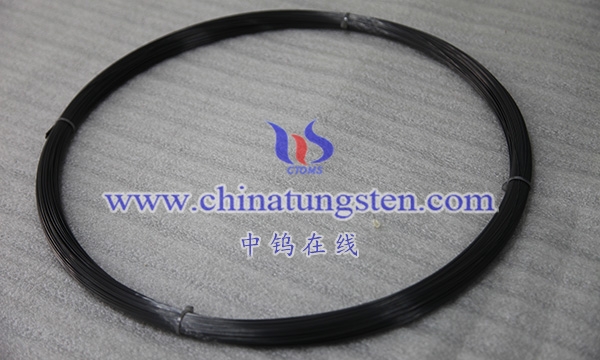
- Stable gas composition of the molten pool during welding
During the welding process, the gas composition of the tungsten wire molten pool is relatively stable, which is conducive to reducing the generation of welding defects such as pores and slag inclusions. At the same time, the stable molten pool gas composition also helps to improve the mechanical properties and corrosion resistance of the welded joint.
- Application of tungsten inert gas welding technology
Tungsten inert gas welding (TIG) technology is often used in tungsten wire welding. This technology uses pure tungsten rods as electrodes, generates arc light through AC or DC power supply, and welds tungsten electrodes with other metal materials under the action of arc light. Tungsten inert gas welding has the advantages of good welding quality, no impurities and pores in the weld, and is particularly suitable for occasions with high requirements for welding quality.
- Wide application fields
Due to the excellent welding performance of tungsten wire, it has been widely used in many industries. For example, in the aerospace field, tungsten wire is used to manufacture combustion chambers and other high-temperature components; in the electronics field, it is used to manufacture metal connectors for electronic products such as semiconductors and vacuum tubes; in the automotive field, tungsten wire is used to manufacture engine piston rings, valves and other components.
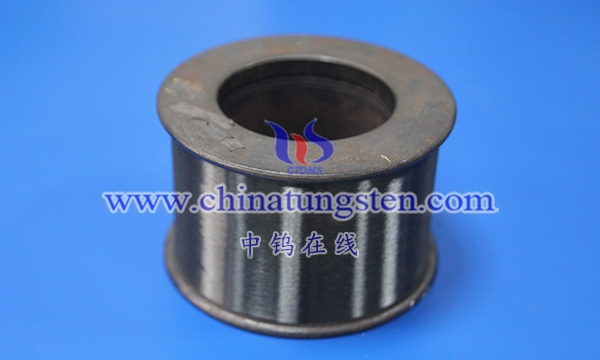
VII. Welding precautions
Although tungsten wire has excellent welding performance, the following points should still be noted in the actual welding process:
Select appropriate welding parameters: including welding current, welding speed, shielding gas flow, etc. to ensure the quality and strength of the welded joint.
Maintain a proper distance between the tungsten electrode and the workpiece: Too high or too low a tungsten electrode height will have an adverse effect on the weld. Generally speaking, it is more appropriate when the height of the tungsten electrode tip from the workpiece is between 5mm and 6mm.
Regularly replace the tungsten electrode: The tip of the tungsten electrode used for a long time will be passivated, affecting the arc stability and welding quality. Therefore, it is necessary to regularly replace new tungsten electrodes to ensure the welding effect.
More details of tungsten wires, please visit website: http://tungsten.com.cn/tungsten-wires.html
Please contact CHINATUNGSTEN for inquiry and order of tungsten needles:
Email: sales@chinatungsten.com
Tel.: +86 592 5129595
